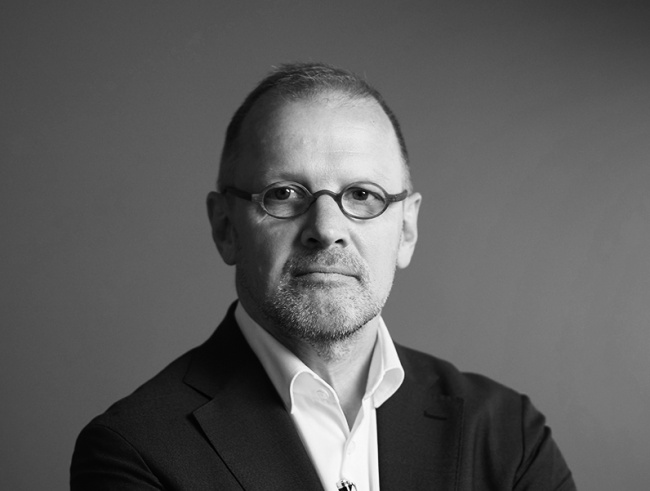Foreword by Tobias Nöfer
Chairman of the Architekten- und Ingenieurverein zu Berlin-Brandenburg

What could be more appropriate than hosting an exhibition about streets on a street itself? The exhibition “immer modern! Berlin and its Streets. 200 Years of Architecture, Urban Planning and Engineering for Berlin“” affects us all. Streets, regardless of their appearance, are crucial public spaces for every aspect of society, indispensable to all. Streets are always meticulously planned, yet despite best efforts, they often become scenes of chaos and dysfunction.
On the occasion of the 200th anniversary of the Architekten- und Ingenieurverein zu Berlin-Brandenburg, it is therefore worth reflecting publicly on the phenomenon of the street, its origins, its condition and its opportunities.
The subject is extremely complex, as the condition of many of Berlin’s streets reflects a multitude of unresolved conflicts of interest. Urban public spaces are not merely thoroughfares but also arenas for public encounters and debates. This underscores the immense responsibility of urban planners: public spaces will continue to be important for the functioning of our free and democratic society in the future – their condition has a direct influence and can shape societies. Given the increasing density of cities, urban society rightly demands the reclamation of traffic areas as urban living space. It is our duty as architects and engineers to provide cultivated and sustainable solutions to this challenge.
The fact that we can exhibit this in a public space, and indeed on one of the capital’s most important boulevards, Unter den Linden, highlights the significance of the subject matter. It also demonstrates that the politicians involved recognise that fostering dialogue on this issue is essential for a better future.
We are convinced that we can only agree on shared goals that will genuinely drive progress through a well-founded professional debate. Responsible experts must research, develop, discuss, and persuade. Let’s examine successful examples in Berlin, Germany, and elsewhere to inspire us in tackling local challenges.